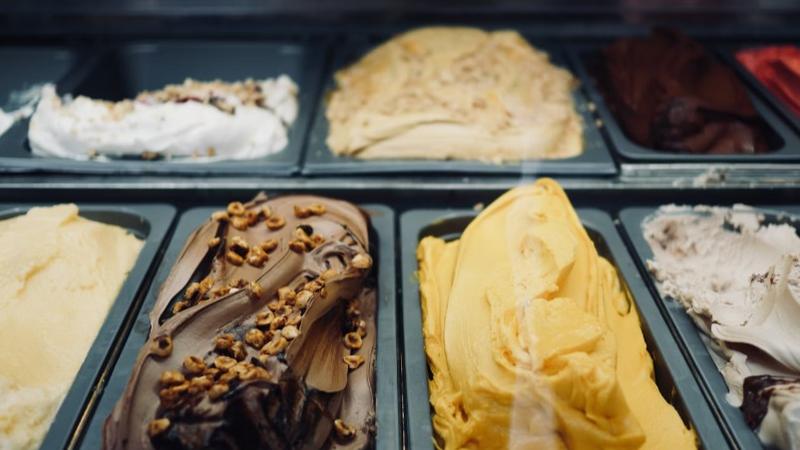Published 23:41 IST, May 13th 2024
The Strange History Of Ice Cream: From Health Crisis To Sweet Delight
Over the decades, ice-cream has been relished worldwide, with countless flavours available. It's seen as a delightful treat rather than a health hazard now.

Ice-cream | Image:
Unsplash
- Listen to this article
- 3 min read
Advertisement
23:41 IST, May 13th 2024



